Does Dry Rice Go Bad?
Dry rice is a staple food in many households around the world. It is versatile, easy to cook, and can be stored for long periods. However, many people wonder whether dry rice can go bad over time. In this article, we will explore whether dry rice can go bad and how to store it properly to ensure its longevity.
What Causes Rice to Go Bad?

Rice can go bad due to various reasons such as:
- Moisture
- Pests
- Air
- Temperature
Moisture can cause rice to spoil quickly. Pests such as weevils and moths can also infest dry rice. Air and temperature can affect the quality of rice and cause it to go rancid.
How Long Does Dry Rice Last?

Dry rice can last for a long time if stored properly. White rice can last up to 5 years, while brown rice can last up to 6 months. However, the shelf life of rice depends on various factors such as:
- The type of rice
- The storage conditions
- The packaging
How to Tell if Dry Rice is Bad?

Dry rice that has gone bad may have a strange smell or taste. It may also have a moldy or discolored appearance. Additionally, if you notice any insects or bugs in your rice, it may have gone bad.
How to Store Dry Rice?

To ensure that dry rice lasts for a long time, it is essential to store it properly. Here are some tips for storing dry rice:
- Store rice in an airtight container
- Store rice in a cool, dry place
- Do not store rice in a humid area
- Do not store rice near strong-smelling foods
Can You Eat Rice That Has Gone Bad?
Eating rice that has gone bad can be harmful to your health. Moldy rice may contain mycotoxins that can cause food poisoning. Additionally, eating rice that has been infested with insects can also be harmful to your health.
Conclusion
In conclusion, dry rice can go bad due to various reasons. However, if stored properly, rice can last for a long time. It is essential to store rice in an airtight container in a cool, dry place. If you notice any strange smells, tastes, or appearances in your rice, it may have gone bad and should not be consumed.
Related video of Does Dry Rice Go Bad?
Does David Bowie Have Two Different Colored Eyes?

David Bowie was a legendary musician, actor, and icon known for his unique style and distinctive voice. One of the most common questions asked about Bowie is whether he had two different colored eyes.
The Answer
The answer is yes, David Bowie had two different colored eyes. His left eye was blue, while his right eye was a darker shade of brown, almost appearing to be black. This condition is called heterochromia iridis.

What is Heterochromia Iridis?
Heterochromia iridis is a rare condition that affects the iris, the colored part of the eye. It is characterized by having two different colored eyes or different colors within the same iris. This condition is often genetic and can also be caused by injury or disease.
Bowie's Experience with Heterochromia Iridis
Bowie's heterochromia iridis was a result of a medical condition called anisocoria. This condition caused his left pupil to remain permanently dilated, giving the appearance of a larger blue eye. Many people mistakenly believe that his eyes were two different colors due to the different shades of his irises, but it was actually due to the size difference of his pupils.

Bowie's Unique Style
Bowie's unique appearance and style have made him an icon in the music and fashion industries. His heterochromia iridis added to his distinctive look and helped to solidify his status as a cultural icon.

Celebrities with Heterochromia Iridis
Bowie is not the only celebrity to have heterochromia iridis. Other famous people with this condition include Mila Kunis, Kate Bosworth, and Christopher Walken.

The Legacy of David Bowie
Although David Bowie passed away in 2016, his legacy continues to inspire and influence people around the world. His music, fashion, and unique style will always be remembered and celebrated.

In Conclusion
David Bowie had two different colored eyes as a result of the medical condition anisocoria, which caused his left pupil to remain permanently dilated. This condition gave him a unique appearance that added to his already distinctive style and helped to cement his place as a cultural icon.
Related video of Does David Bowie Have Two Different Colored Eyes?
Does Cranberry Juice Really Help Bladder Infections?
Bladder infection or urinary tract infection (UTI) is a common problem among women. The symptoms of UTI include burning sensation while urinating, frequent urination, and cloudy urine. Cranberry juice is often suggested as a home remedy for bladder infections. But does it really work? Let's find out.
What is Cranberry Juice?

Cranberry juice is made from cranberries, which are small red berries that grow on evergreen shrubs in North America. Cranberries are a rich source of antioxidants and contain compounds called proanthocyanidins, which are believed to prevent bacteria from sticking to the walls of the bladder.
How Does Cranberry Juice Help Bladder Infections?
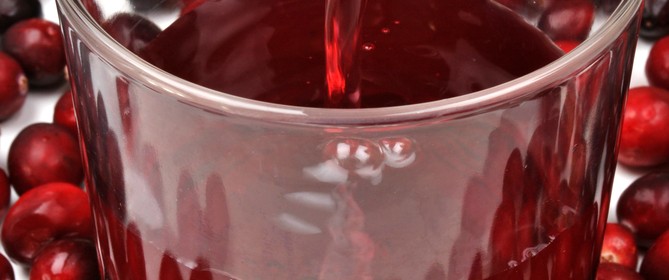
When bacteria enter the bladder, they attach themselves to the bladder walls and multiply rapidly. This leads to inflammation and irritation of the bladder lining, causing the symptoms of UTI. The proanthocyanidins in cranberry juice prevent the bacteria from sticking to the bladder walls and flush them out of the bladder through urination.
What Does the Research Say?

Several studies have been conducted to determine the effectiveness of cranberry juice in preventing and treating UTI. A review of 24 studies found that cranberry products may reduce the risk of UTI in women with recurrent UTIs. Another study found that cranberry juice may be effective in reducing the number of UTIs in women who have a history of UTIs.
How Much Cranberry Juice Should You Drink?
The recommended dose of cranberry juice for preventing and treating UTIs is 8-16 ounces (240-480 milliliters) per day. It is important to choose unsweetened cranberry juice or cranberry juice concentrate to avoid consuming large amounts of sugar.
Are There Any Side Effects?
Cranberry juice is generally safe for most people. However, consuming large amounts of cranberry juice may cause stomach upset, diarrhea, or kidney stones in some individuals. It is important to consult a healthcare provider before consuming large amounts of cranberry juice if you have a history of kidney stones or are taking blood-thinning medication.
Conclusion

Cranberry juice may be an effective home remedy for preventing and treating bladder infections. The proanthocyanidins in cranberry juice prevent bacteria from sticking to the bladder walls and flush them out of the bladder through urination. However, it is important to consume cranberry juice in moderation and consult a healthcare provider before consuming large amounts of cranberry juice.
Related video of Does Cranberry Juice Really Help Bladder Infections?
Does Cracking Joints Lead To Arthritis?

Cracking joints is a common phenomenon that many people experience. This can happen while bending, stretching, or even just sitting in one place for a long time. However, there is a common belief that cracking joints can lead to arthritis. Is there any truth to this belief? Let's find out.
What is Arthritis?
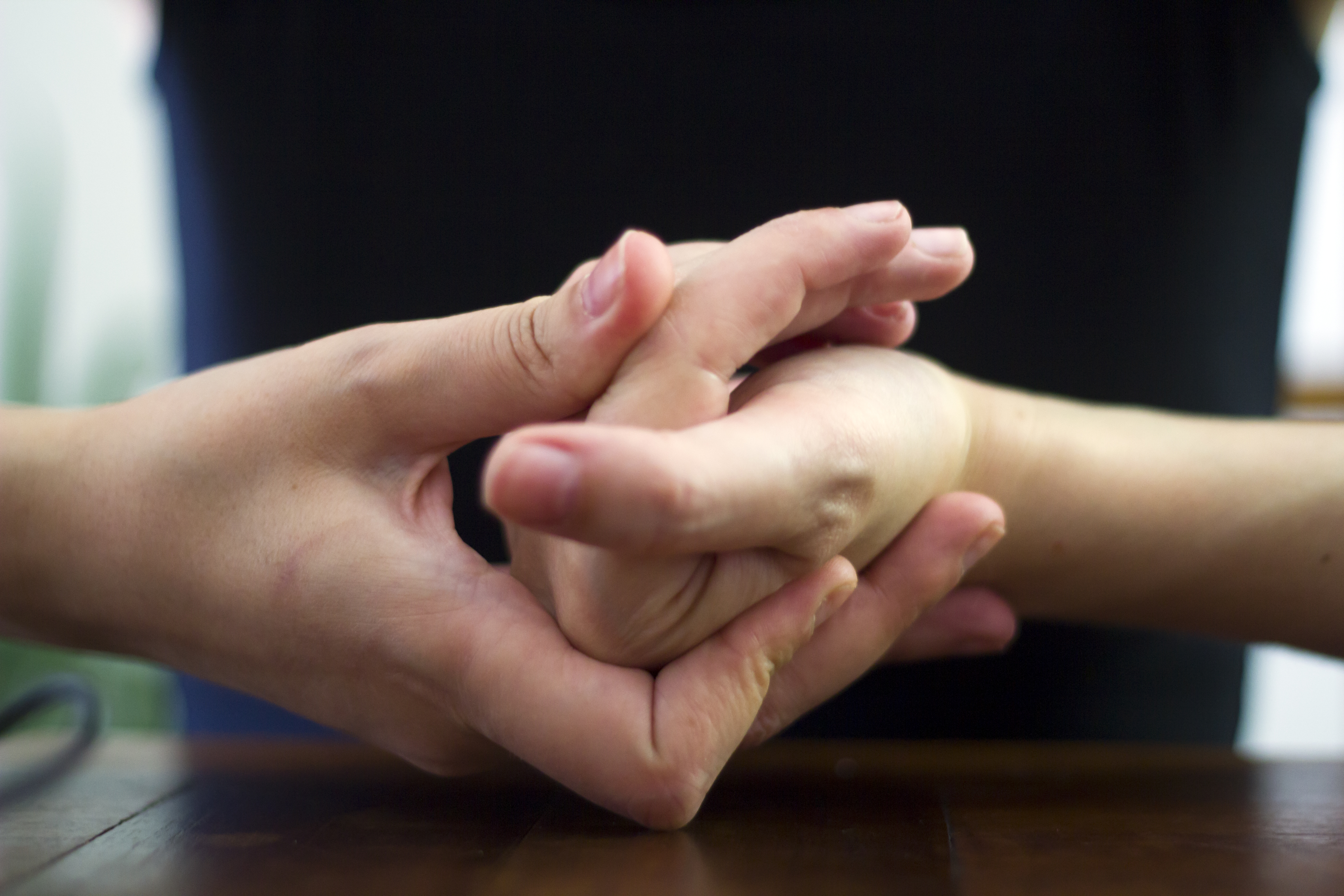
Arthritis is a condition that affects the joints, causing pain and inflammation. There are over 100 types of arthritis, including osteoarthritis, rheumatoid arthritis, and psoriatic arthritis. The most common type of arthritis is osteoarthritis, which occurs when the cartilage that cushions the joints wears down over time. This can cause the bones to rub against each other, leading to pain, stiffness, and swelling.
What Causes Cracking Joints?
Cracking joints occur when the gas bubbles in the synovial fluid that surrounds the joints pop. Synovial fluid is a lubricating fluid that helps to reduce friction between the joints. When the joints are stretched or moved, it causes a change in pressure that can cause the gas bubbles to pop, resulting in a cracking sound.
Is Cracking Joints Harmful?
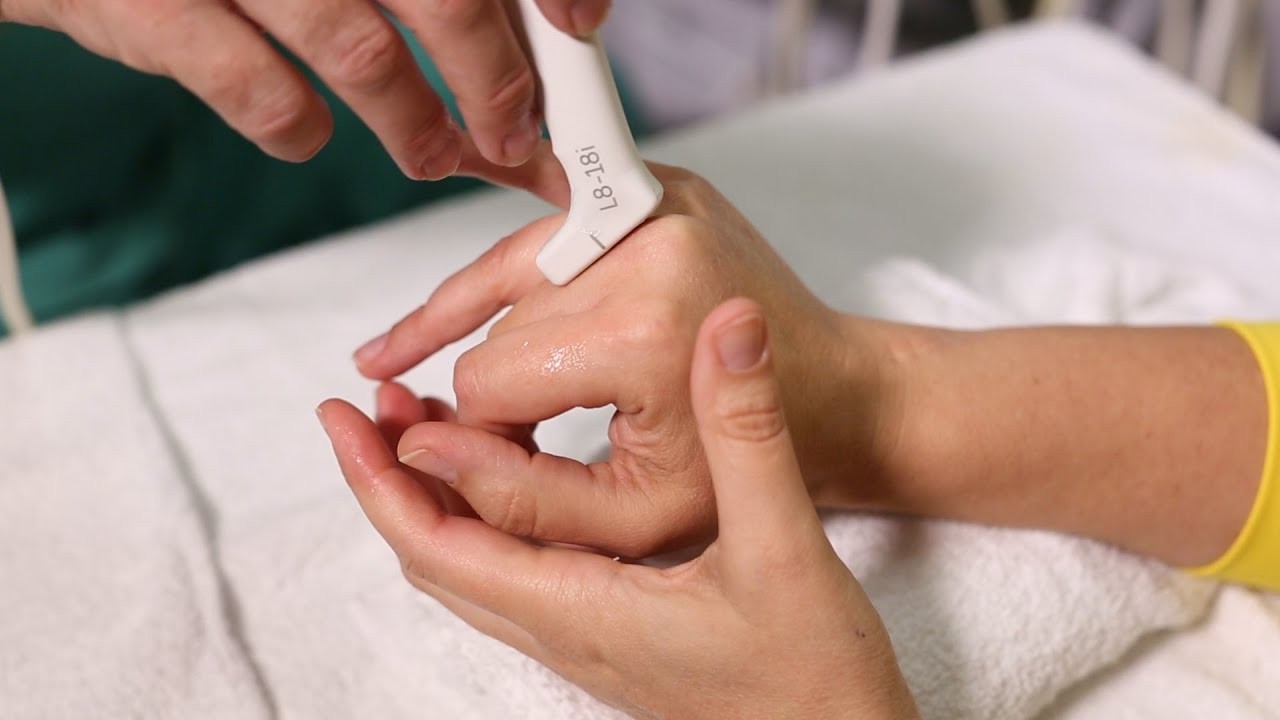
Cracking joints are generally not harmful. It is a harmless habit that many people have, and it does not cause any damage to the joints. However, excessive cracking of joints can be a sign of an underlying problem. If you experience pain or discomfort while cracking your joints, it is best to consult a doctor.
Is There a Link Between Cracking Joints and Arthritis?
/143073207-56a6d9b13df78cf772908c6b.jpg)
There is no scientific evidence to suggest that cracking joints can lead to arthritis. In fact, several studies have shown that there is no link between cracking joints and the development of arthritis. However, some studies have suggested that people who crack their joints frequently may be more likely to develop joint problems later in life.
What Are the Risk Factors for Arthritis?
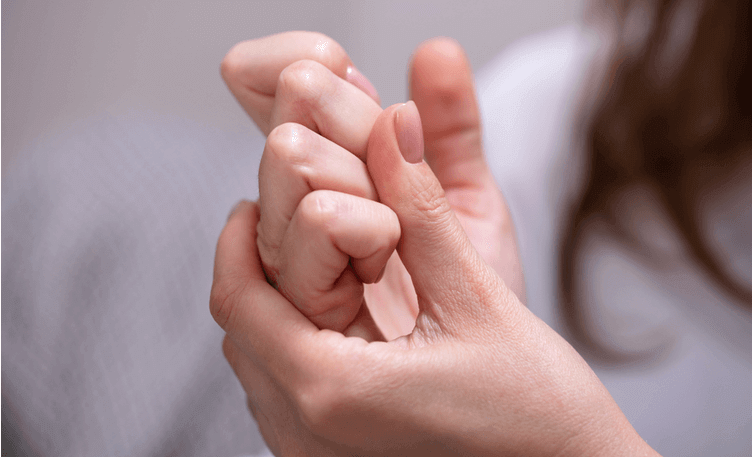
There are several risk factors for arthritis, including age, genetics, obesity, joint injuries, and infections. Age is a significant risk factor for arthritis, and the risk increases as you get older. Genetics also play a role in the development of arthritis, as some types of arthritis are hereditary.
How Can You Prevent Arthritis?
While you cannot prevent arthritis entirely, there are several things you can do to reduce your risk. Maintaining a healthy weight, staying physically active, and avoiding joint injuries can help reduce your risk of developing arthritis. Eating a healthy diet that is rich in fruits, vegetables, and whole grains can also help reduce inflammation in the body, which can contribute to arthritis.
How Can You Manage Arthritis?
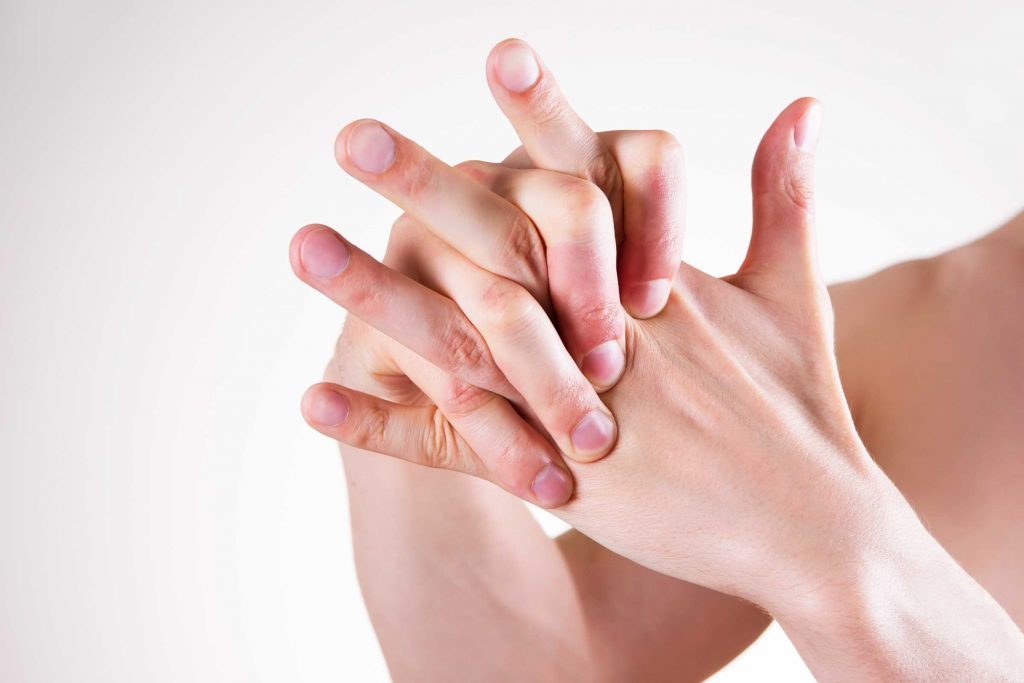
If you have arthritis, there are several things you can do to manage your symptoms. Exercise can help reduce pain and stiffness in the joints, as well as improve flexibility and strength. Physical therapy can also be beneficial for people with arthritis, as it can help improve mobility and reduce pain. Medications such as nonsteroidal anti-inflammatory drugs (NSAIDs) and disease-modifying antirheumatic drugs (DMARDs) can also be used to manage arthritis symptoms.
The Bottom Line

Cracking joints is a common habit that many people have, but it does not cause arthritis. While there are several risk factors for arthritis, such as age, genetics, and obesity, cracking joints is not one of them. However, if you experience pain or discomfort while cracking your joints, it is best to consult a doctor to rule out any underlying joint problems.
Related video of Does Cracking Joints Lead To Arthritis?
Does Circumcision Hurt At 16?
Circumcision is a surgical procedure that involves removing the foreskin from the penis. It is usually done for religious or cultural reasons, but it can also be done for medical reasons. The procedure is usually performed on newborns or infants, but it can also be done on older boys or men. If you are 16 years old and considering circumcision, you may be wondering if the procedure will hurt. In this article, we will explore this question in detail.
What Happens During Circumcision?

During circumcision, the foreskin is removed from the penis. The procedure is usually done under local anesthesia, which means that you will be awake but your penis will be numb. If you are nervous or anxious, your doctor may give you a sedative to help you relax. Once the anesthesia has taken effect, the doctor will use a scalpel or a special tool to remove the foreskin. The procedure usually takes about 30 minutes.
Will Circumcision Hurt?

While circumcision is a surgical procedure, it is generally not very painful. The local anesthesia will numb your penis, so you should not feel any pain during the procedure. After the procedure, you may experience some discomfort, but this can usually be managed with over-the-counter pain medication and by following your doctor's instructions for post-operative care.
What Are the Risks of Circumcision?
/arc-anglerfish-tgam-prod-tgam.s3.amazonaws.com/public/BFDUTSTIHJDHFDRHKAKCEDARIU)
Like any surgical procedure, circumcision carries some risks. These risks include bleeding, infection, and scarring. However, these risks are relatively low and can usually be managed with proper care and attention to the surgical site. Your doctor will provide you with detailed instructions on how to care for the surgical site after the procedure to minimize the risk of complications.
How Can You Prepare for Circumcision?

If you are considering circumcision, there are a few things you can do to prepare for the procedure. First, talk to your doctor about any concerns or questions you have. Your doctor can provide you with information about the procedure and what to expect. You should also follow any instructions your doctor gives you for preparing for the procedure, such as fasting or avoiding certain medications.
What Should You Expect After Circumcision?

After circumcision, you will need to take some time to rest and recover. You may experience some discomfort or pain for a few days after the procedure, but this should gradually improve over time. Your doctor will provide you with instructions on how to care for the surgical site and manage any pain or discomfort you may experience. You should also avoid any strenuous activity or sexual activity for a few weeks after the procedure to allow your body time to heal.
Conclusion
If you are considering circumcision at 16 years old, you may be wondering if the procedure will hurt. While circumcision is a surgical procedure, it is generally not very painful. The local anesthesia will numb your penis, so you should not feel any pain during the procedure. After the procedure, you may experience some discomfort, but this can usually be managed with over-the-counter pain medication and by following your doctor's instructions for post-operative care. As with any surgical procedure, there are some risks involved, but these risks are relatively low and can usually be managed with proper care and attention to the surgical site.